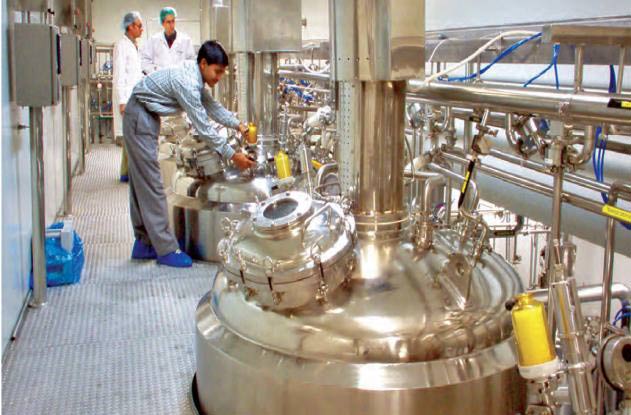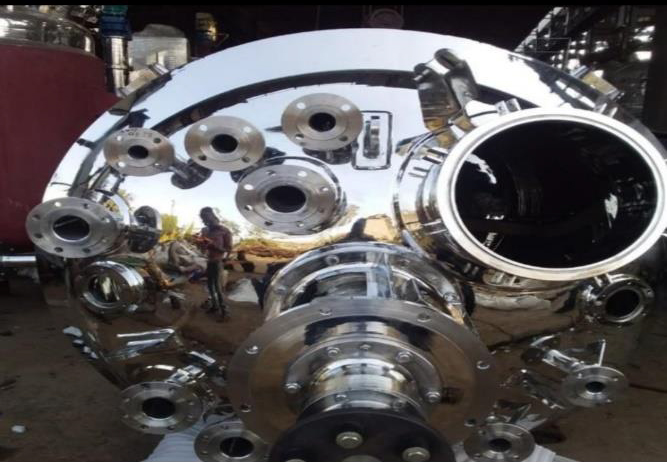



Bio Reactors (Fermentation tank): Function, Designs and types!
A bioreactor is a device in which a substrate of low value is utilized by living cells or enzymes to generate a product of higher value. Bioreactors arc extensively used for food processing, fermentation, waste treatment, etc. On the basis of the agent used, bioreactors are grouped into the following two broad classes: (i) those based on living cells and, (ii) those employing enzymes. But in terms of process requirements, they are of the following types: (i) aerobic, (ii) anaerobic, (iii) solid state, and (iv) immobilized cell bioreactors. All bioreactors deal with heterogeneous systems dealing with two or more phases, e.g., liquid, gas, solid. Therefore, optimal conditions for fermentation necessitate efficient transfer of mass, heat and momentum from one phase to the other. Chemical engineering principles are employed for design and operation of bioreactors. But, in general, theoretical explanation usually lags behind technical realization. A bio Reactor should provide for the following: (i) agitation (for mixing of cells and medium), (ii) aeration (aerobic fermenters; for O2 supply), (iii) regulation of factors like temperature, pH, pressure, aeration, nutrient feeding, liquid level, etc., (ivsterilization and maintenance of sterility, and (v) ) withdrawal of cells/medium (for continuous fermenters). Modern fermenters are usually integrated with computers for efficient process monitoring, data acquisition, etc.
© Copyright 2024, All Rights Reserved by Muskan Engineering | Website Design & SEO Services from Z Web Solutions